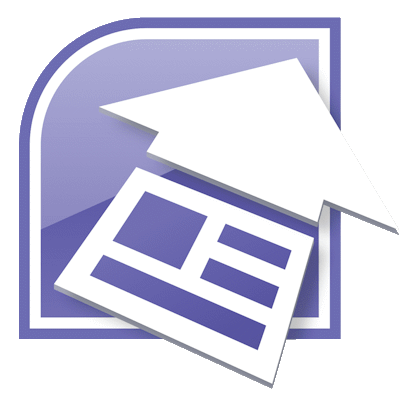
When working programmatically with SharePoint you are likely to need to check membership of SharePoint Groups at some point. This article provides a simple route to retrieving user groups information via SharePoint’s web services.
Content relating to general C# development using the .NET / .NET Framework.


Until Office 2007, Microsoft hadn’t offered any reliable Office suite automation capabilities with the exception of client-side mail merge. This often meant companies/developers had to hand-craft Word documents at byte level, or invest in costly commercial products that did so for them. With Office 2007, Microsoft’s introduced Open XML document formats and an OpenXML SDK for developers, but it still had some short comings when working with templates or converting between file formats.

There will be a point when you need to import data from a CSV (comma-separated values) file, and you’ll realise what should be a straightforward process can become overcomplicated. Part of the reason for this is likely to be that you don’t fully understand the CSV format, because you are just blindly delimiting on any comma you find or because the CSV file you are importing is invalid because the person/program who generated it didn’t properly understand the encoding rules.

The .NET Framework includes some FTP capabilities within the System.Net namespace. My experience using those classes has been mixed to say the least, and after struggling to get solutions to work reliably I decided to write my own client class instead.

In Windows, system-wide hot-keys provide a means to trigger functionality within an application regardless of which program is currently in focus. This allows you to develop applications that run from the system tray, etc. and can be displayed or perform some function (like screen capture) without the user having to click on them first.

The .NET Framework includes Active Directory (AD) interaction classes out-of-the-box, and this article provides some guidance on using those classes to interrogate your Domain Controller.

In previous tutorials to date, we’ve broadly introduced the core concepts and features for developing with .NET, but we have only used Console applications to do this. Most .NET apps you will be writing are likely to be UI based, so let’s look at the most commonly used .NET Windows UI development platform, Windows Forms (or simply WinForms for short).

This tutorial introduces database interaction in .NET, and more specifically the ADO.NET architecture and how to use it to work with databases.

Strings are a heavily used data type that is able to holding textual data. Even though a lot of developers may think of .NET’s System.String data type as a primitive, it is a reference type and Microsoft don’t class it as one. It does have its own C# keyword (string) which often leads the confusion. This article introduces strings in detail.

C# and the .NET platform have a plethora of collection classes for grouping a variable number of data items. With the advent of Generics in .NET 2.0, most of these collection classes are type-safe, meaning that the collections contain items of the same type or derived from the same type.